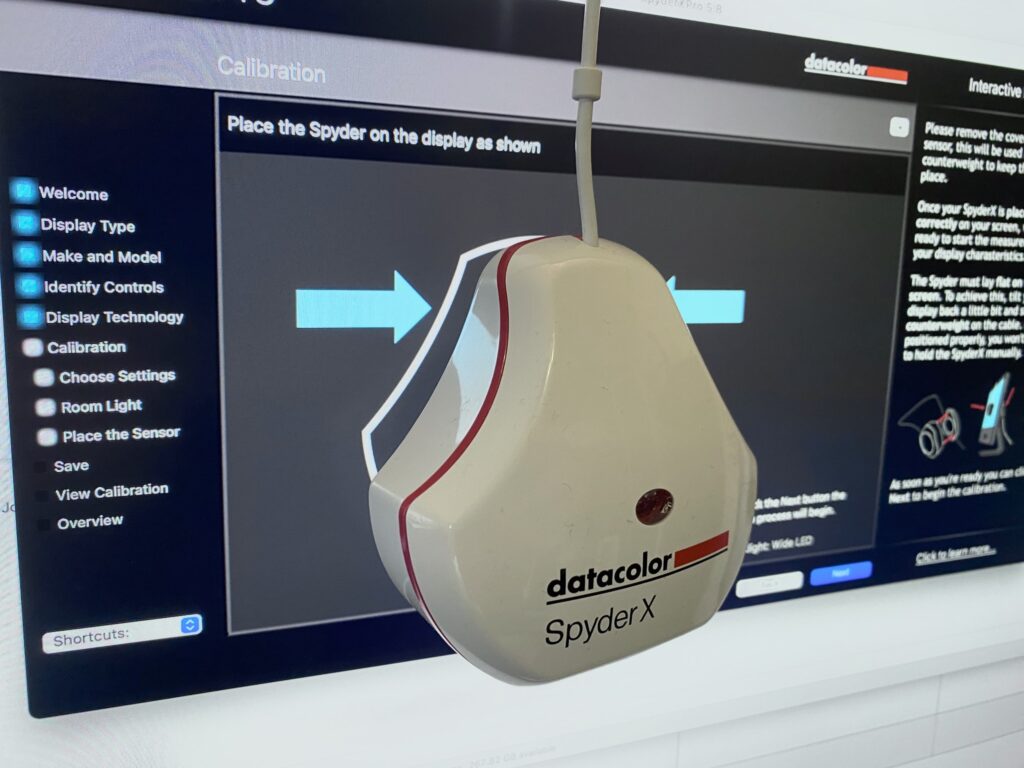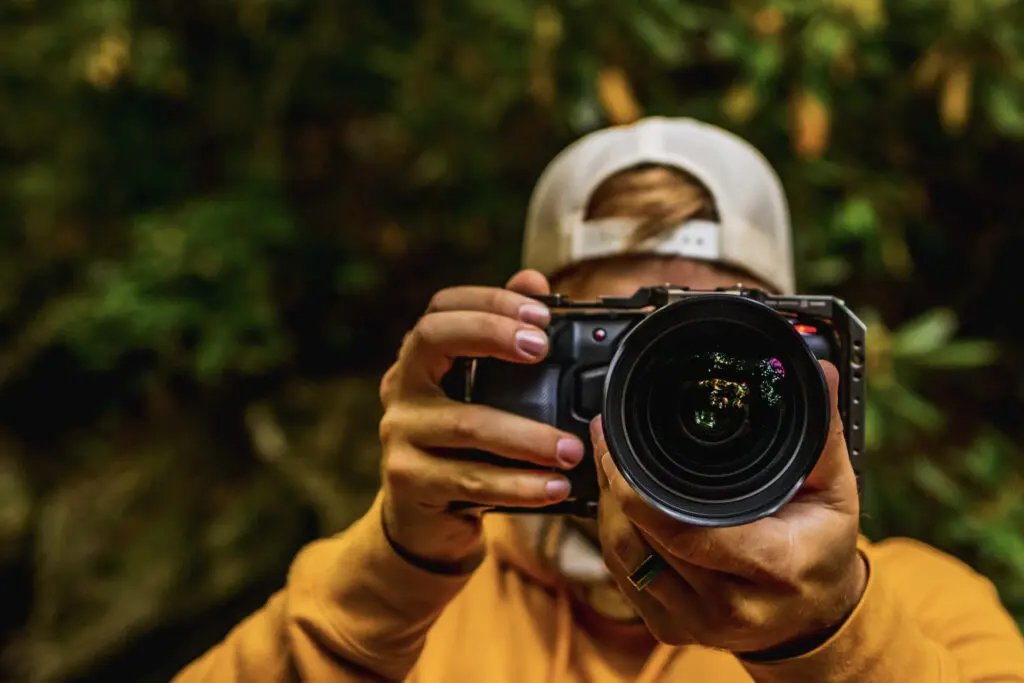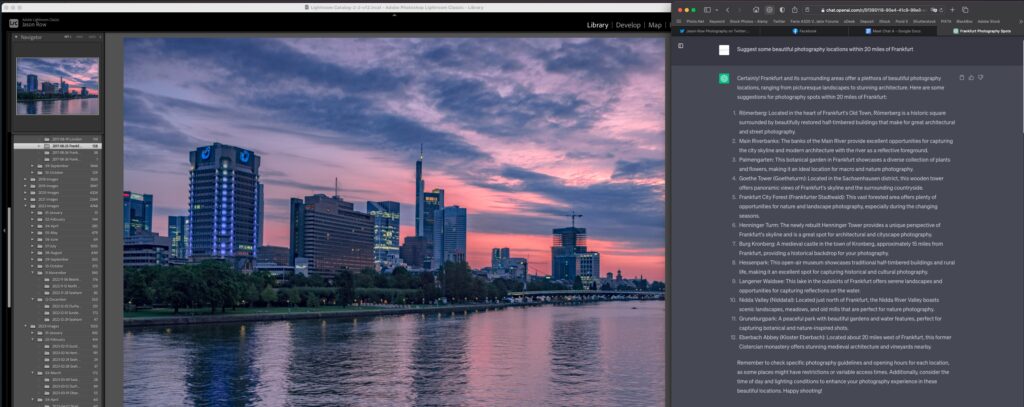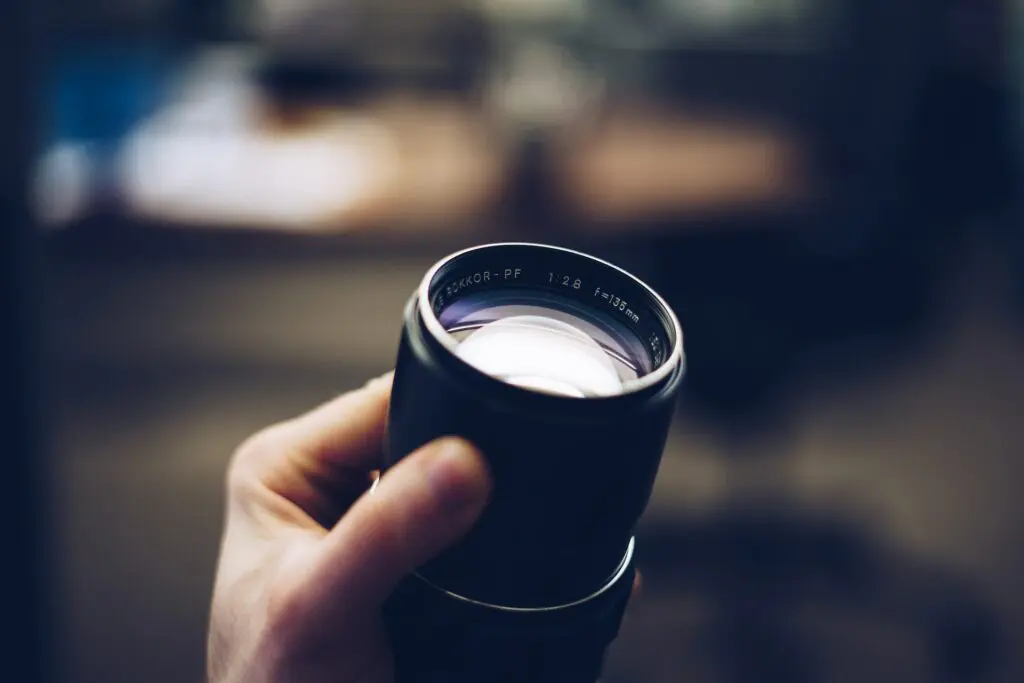Post processing is a fact of life for photographers. For many new photographers, the thought of having to drag all their images into Photoshop and deal with masking and layering is probably what drives them to convince themselves that straight out of camera jpegs are good enough.
And sometimes they are good enough.
Image editing doesn’t have to be a nightmare, however. Post processing is really about helping your photos reach their maximum potential. Here are five simple ways you can accomplish that.
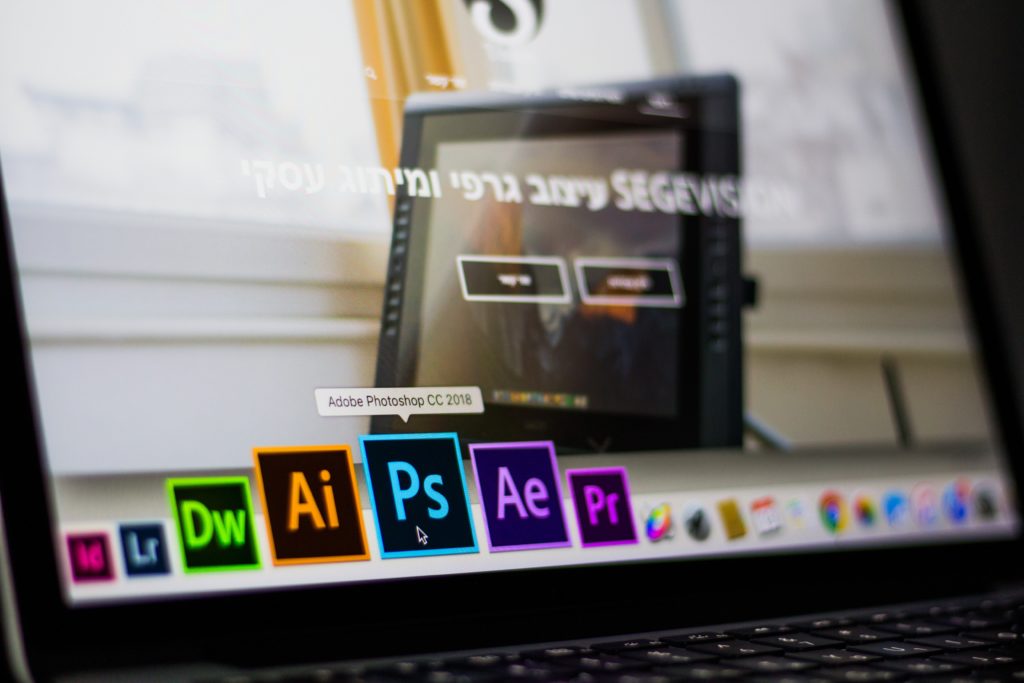
Crop And Level
Careful who you engage with on the topic of cropping — it can venture into contentious territory. Indeed, you should make every effort to get exactly the framing you want in camera, but it just doesn’t always work out that way.
When you finally see your image on a screen larger than your camera’s LCD, you’ll have an easier time seeing “loose ends” that might have sneakily made their way into the edge of your frame.
Or you may discover that a visual alignment different to the one you originally shot better suits the overall image.
In either case, please crop as you see fit. There’s no glory in conforming to some purist’s philosophy about cropping if doesn’t maximize the visual impact of the photo.
And while you’re cropping, check to see that your image is level.
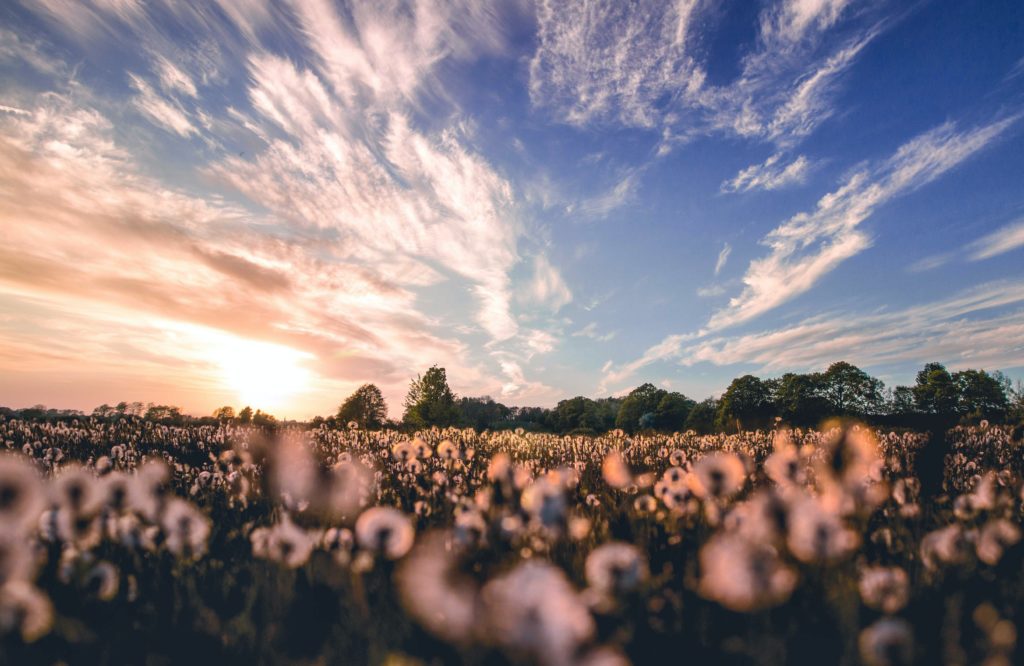
Fix White Balance And Color
Not all cameras handle white balance/color temperature the same. Some produce warmer images, others lean to the cooler side. Some files tend to run a bit green, while others can have a pink/magenta color cast.
There’s no right or wrong here, as any of those qualities can be used for creative effect, but if your goal to make natural looking images you will need to do a little work with color temperature and unwanted color cast.
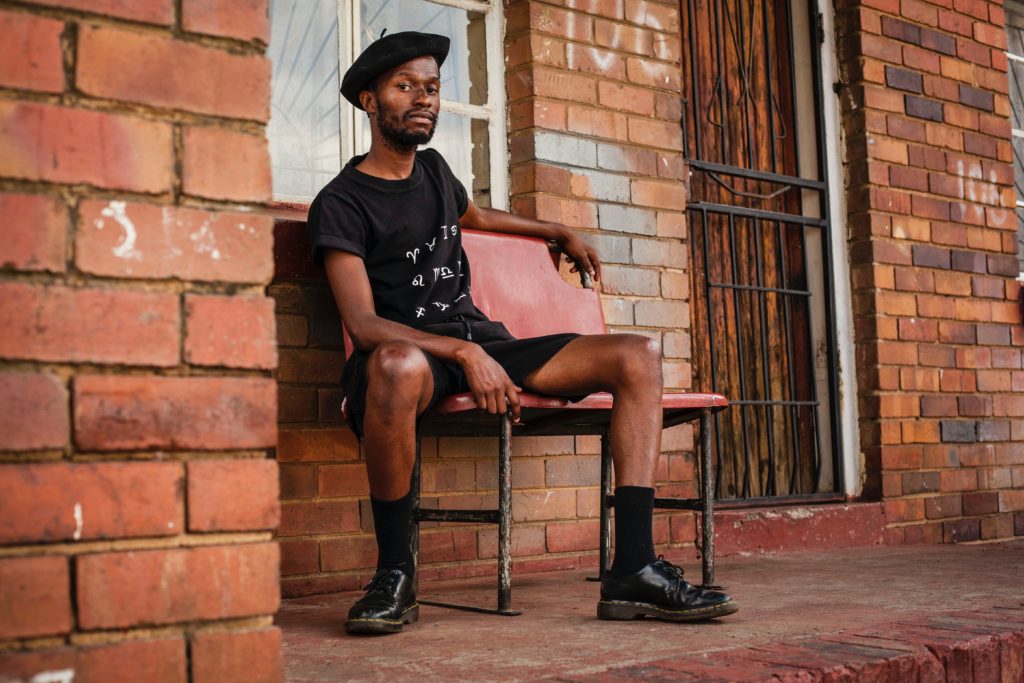
Reduce Noise
Whether you need to apply noise reduction will depend largely on how your camera handles high ISO levels. Many cameras perform rather well beyond ISO 3200, but you’ll need to decided for yourself how much noise is too much.
If you come to the conclusion that there is far too much “speckling” in your image, you can cure that by applying some noise reduction. Be careful, however, as too much noise reduction will destroy the detail in an image.
It’s preferable to have a photo with a bit of noise than one with the details smeared to oblivion.
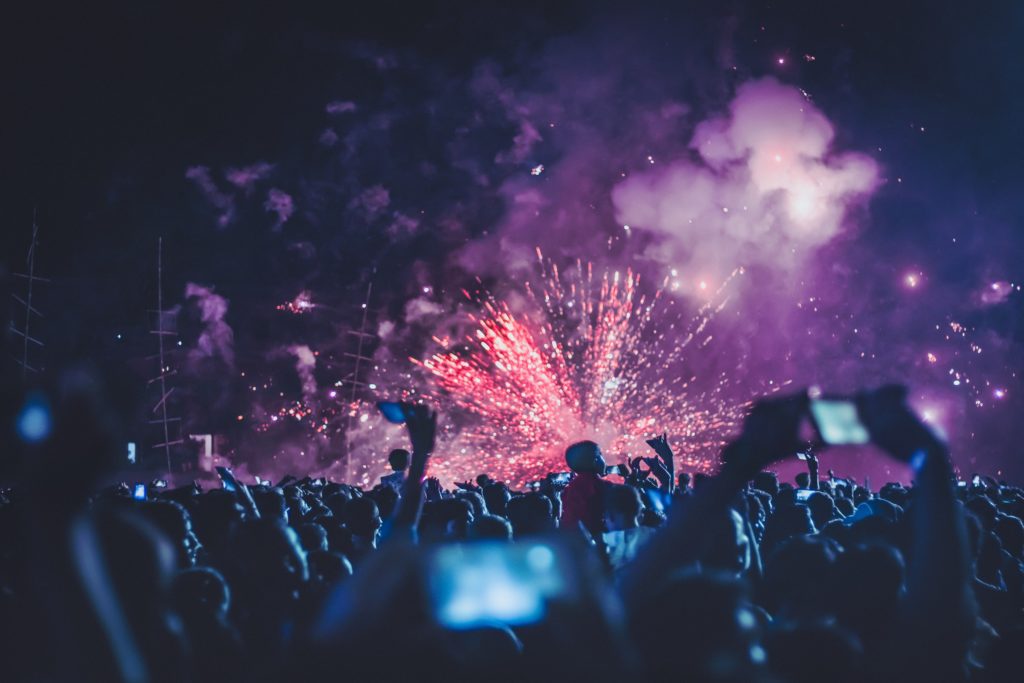
Apply Your Personal Style
Image editing isn’t all about making predictable adjustments to conventional elements; it’s also about injecting your creativity into the image.
Your personal style is partly defined by the way you edit your work in post processing. From applying an unconventional aspect ratio when you crop to a preference for a certain amount of desaturation, all the sliders are yours to command.
Add some vignetting, kick up the contrast, deepen the shadows, apply split toning effects, throw some grain into the mix. Whatever combination of things helps you achieve the image you have in mind, do that.
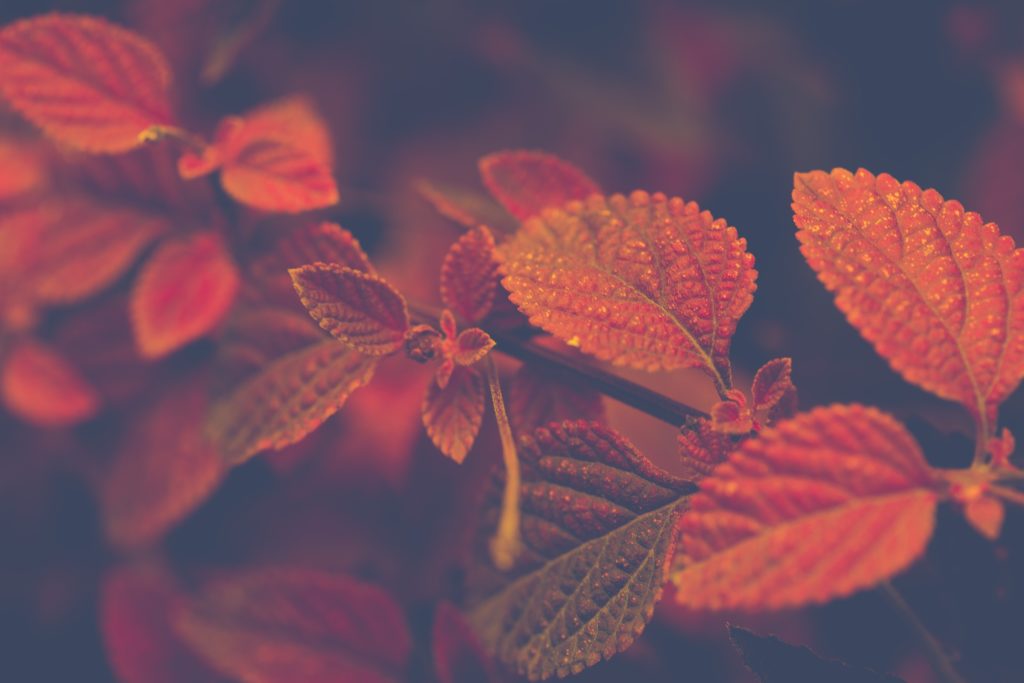
Sharpen
Sharpening is similar to noise reduction in the sense that it’s easy to overdo. There’s just something about that sharpen slider that makes some people feel aggressive.
Yes, we all want crisp, clear images where the fine details are noticeable, and sharpening will help achieve that (the lens you use also plays an important role). But too much sharpening will result in an image that is just as bad as one with too much noise reduction.
Better to sharpen conservatively than to go too far and introduce ugly processing artifacts into an otherwise lovely image.
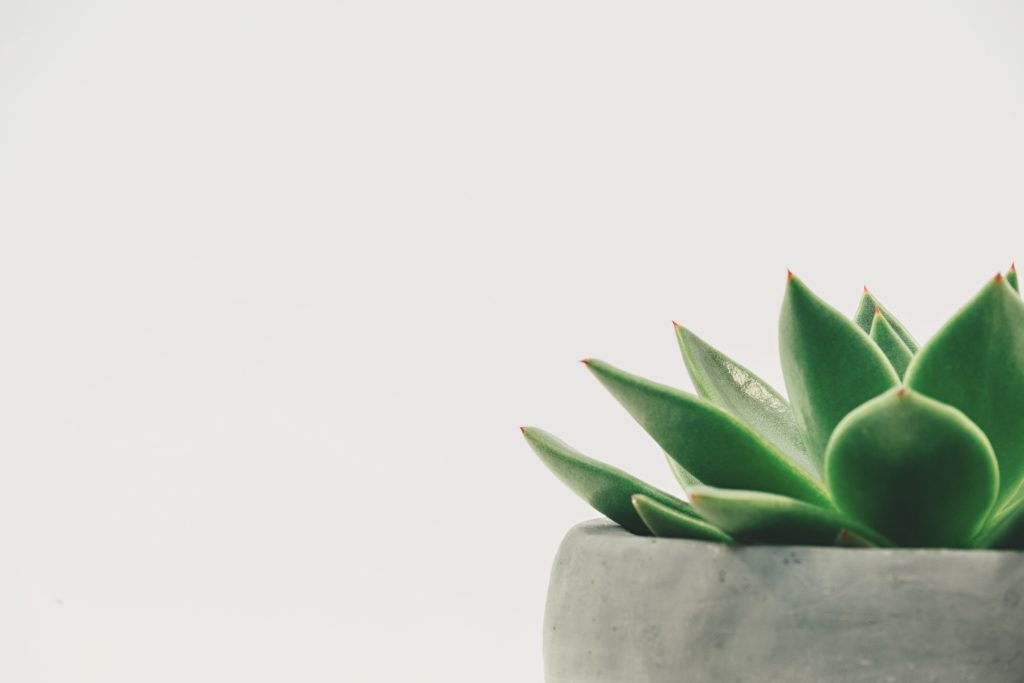
Final Thoughts
Use the points above as a loose guide to getting the best out of your images. Along the way you may find that certain things work wonderfully for you, while others you can do without. The ultimate goal is to use your image editor — whether on a portable device, a laptop or a desktop computer — to help each photo you make stand out.
Further Reading

